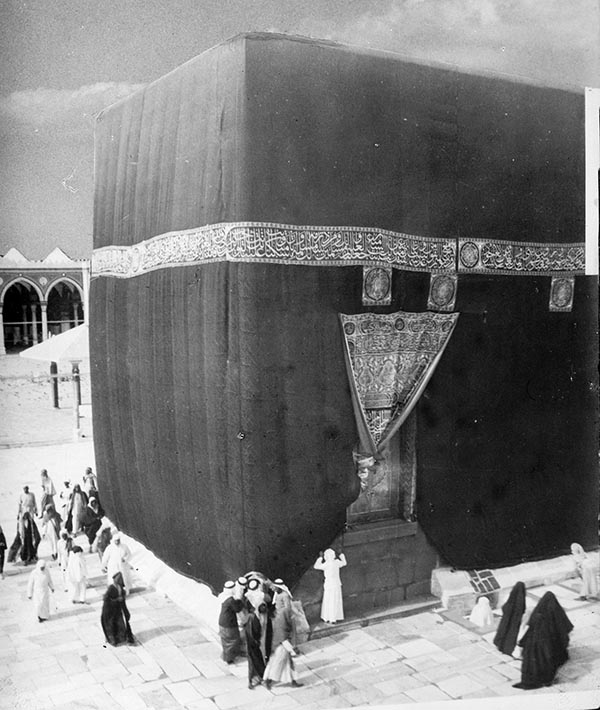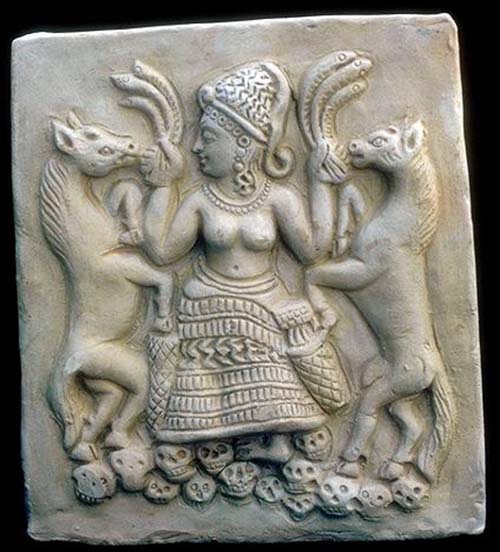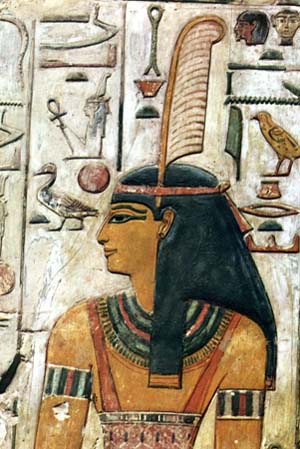THE HIDDEN LEGACY OF THE EGYPTIAN TEMPLE
part II

A Ka'Ba, meaning 'spirit-body', derived from Mer-ka-ba.

A Ka'Ba, meaning 'spirit-body', derived from Mer-ka-ba.
These views of temple usage demonstrate that, long before they degenerated into places of idolatry and worship, buildings such as Luxor, Karnak and the great pyramids were actually places of workship. They were workshops.
To the ancient Egyptians, who saw the world not as a solid object but as a series of energies, atoms and correspondences, the temple was everything. It was a living, breathing organism based on, and designed with, the application of harmonic principles based on the observation of nature and the Cosmos– the perfect domain of the gods. These principles focused subtle energies onto a given location, what eventually became our modern altar (or ‘alter’, as it was spelled up until the eighteenth century). By incorporating universal harmonics into the fabric of the temple, it was hoped that such mirrors of perfection would transfer the same into the human temple.
Since the human body was viewed as a microcosm of universal harmony, complete with its own internal geometry, anyone entering the temple in a state of dis-ease (out-of-ease with their environment) was seen as having their molecules out of balance or possessing a distorted inner geometry. By coming into contact with a space consisting of perfect harmonics, the spatial effect of the temple would influence the actions of taking place inside the body, and the individual would be transmuted into a conscious mirror image of the perfect world of the gods.
Such an advanced concept of geometry and spatial harmonics was discovered to have a profound effect on living energy fields by Bulgarian scientists during the 1950s. Placing diseased people in an appropriate geometric shape was found to indeed have a curative effect on the patients’ molecular structures.
The alchemical transmutation of students into adepts did not just take place through the energetic properties of the temple or the gradual intellectual development inside their heads. It was also expected of the pupil in their daily life. And for this, a series of ‘spells’ were devised and applied during the course of everyday conduct. These would ideally be recited at the end of the day during a moment of contemplation of the day’s affairs: ‘I have not stolen’, ‘I have not deceived’, ‘I have not defiled the temples of the Gods’, and so forth. Today they are commemorated in the catholic Ten Commandments, although quite what happened to the other forty of so is anyone’s guess, given there are approximately sixty ‘spells’ in the Egyptian Book of Coming Forth By Light (often and erroneously translated as the Book of the Dead).
This concept of ‘as within, so without’ blended perfectly with the ancient Egyptian maxim that the physical world should closely mirror the rules inherent in the cosmos, which was seen as the very essence and expression of perfection. And they called it, ‘as above so below’.

Giza combines magnetic, geodetic, geometric and astronomical references.
Once again we find this understanding memorialized today, in the Islamic principle of the Ka’Ba or ‘spirit body’, and conceptualized in the Qa’ba’allah (spirit-body-of God), better known today as that Jewish esoteric study, the Kabbala. The four aspects of the material body (earth, air, fire, water) are geometrically represented by the square; the spiritual or ‘above’ force is represented by a second square overlaid at 45-degrees. The net result, the eight-pointed star, is the predominant geometry throughout the Islamic world, as representative of Allah. It was used as the symbol of the spiritual journey of the original and true Knights Templars, who would in turn be exterminated by an emerging Catholic religion.
Given this much cross-cultural referencing, it does seem odd that all these people should be fighting one another!
But let us return to the temple. Students entering the great halls and courtyards so idiosyncratic of these edifices would be required to pause at specified points along the concourse to awaken the seven points of energy entry into the body, the charkas. This would help the individual become more attuned with his or her environment, as well as making them more receptive to learning by intuition. At temples such as Luxor, the student would pause at the entrance so as to invoke the rising of kundalini at the base chakra, at which point they would be suitably en-tranced; at the great courtyard, only those of open heart would be allowed to enter.
Before approaching the altar– to awaken the third-eye chakra and subsequently stimulating the pineal– one entered the sound chamber to activate the fourth or throat chakra. The same process was built into the naves of Gothic cathedrals such as Chartres, and Salisbury, UK, in which the location of the choir performs the same function.

Isis / Ast depicted as Astarte.
The continuous association between temples and sound is dramatized by the way the entrance to Saqqara was designed to mimic a bed of reeds. The connection between reeds and sound is found in the myth of the nature god Pan, who fashions his pipes from a bushel of water reeds. At Saqqara, a person walking down this evocative colonnade is literally played like a pipe, as each ‘reed’ along the processional way emits a subtle energy field of alternating positive and negative polarities. The effect serves to stimulate the body’s electromagnetic field, which is bi-polar.
The tradition of placing the image of the goddess Maat at the entrance to temples served to dispel any negative energies that the individual might bring into the temple from the profane world. Bearing the symbol of the feather, the legacy of Maat is preserved in Native American lore, in which an elder dispels the negative energy of participants at ceremony by circulating the smoke from a bundle of sage using a feather.
That the traditions of the temple have survived into our present culture– with their correct intent or otherwise– is a testament to a legacy based on universal truth, which ultimately strikes a chord in the heart of people. And if truth has a ring to it, consider this when you next gaze up at the stars: the venerated mother of the temples, Isis, was primarily associated with the stirrings of the heavens, to the degree that, in her original name of Astarte, and later Ast, she gave her name to that wonderful pastime of late-night God-gazing-– ast-ronomy.
Return to Articles

Ma' at.